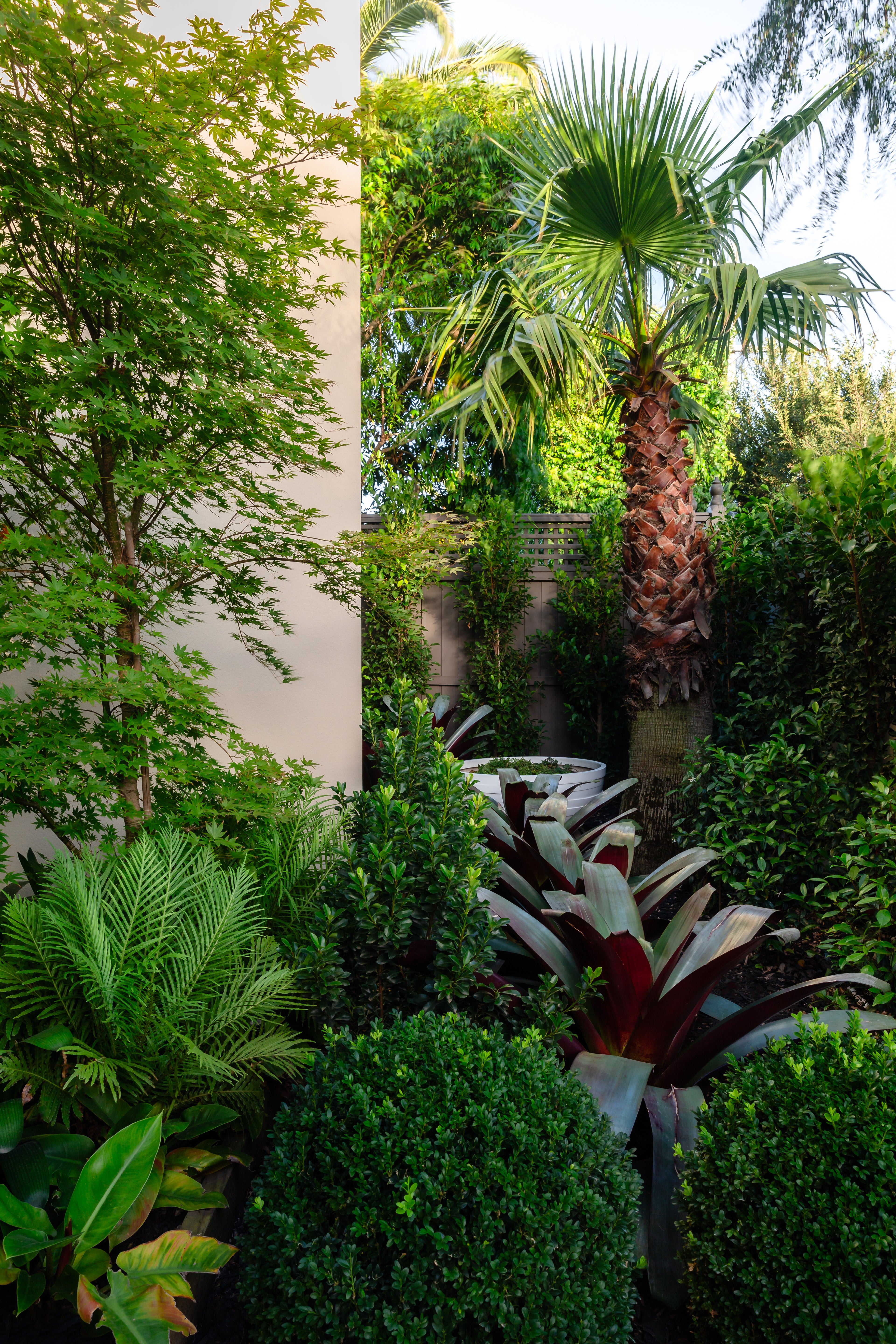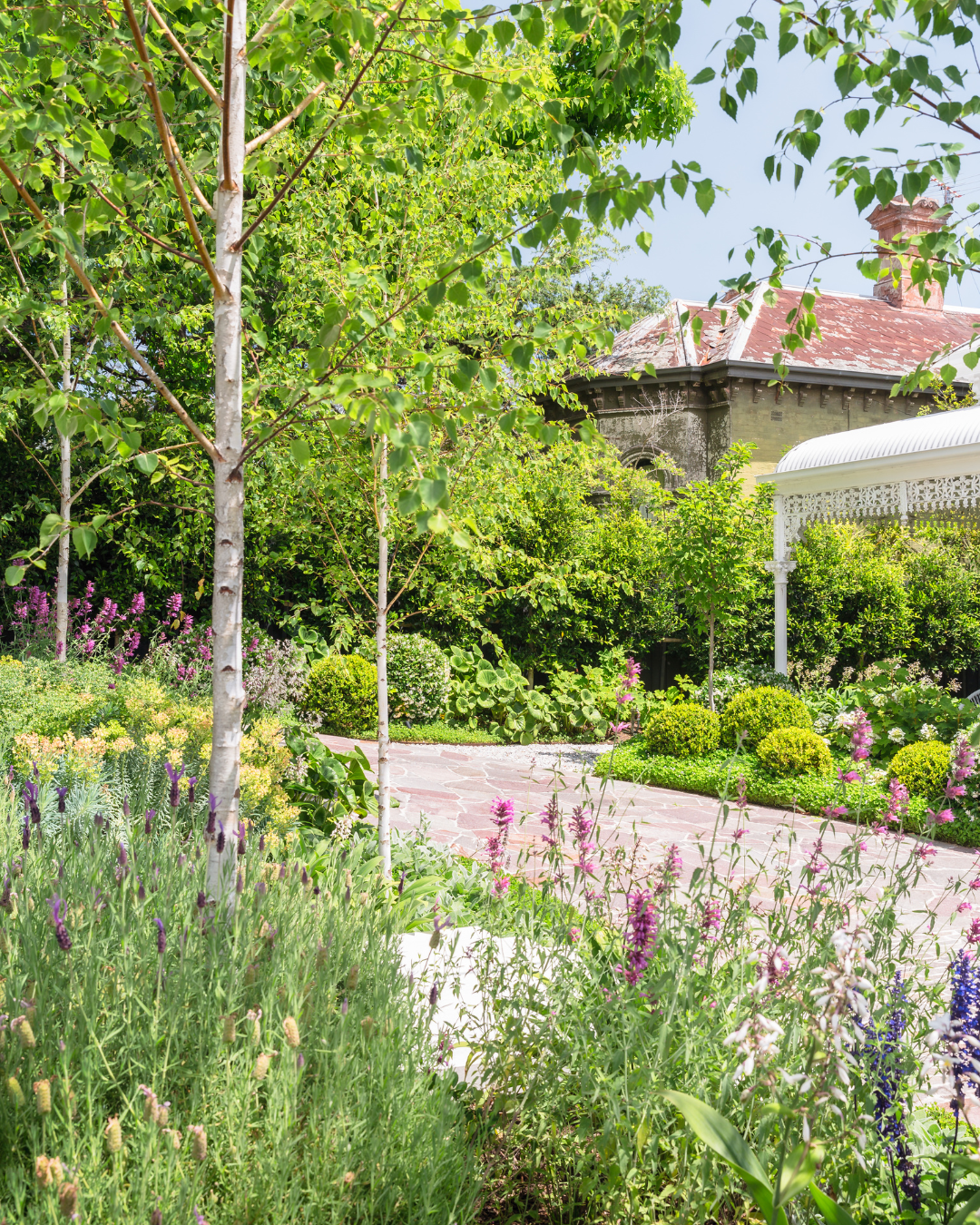Planting native Australian trees in your garden is one of the most impactful ways to enhance its aesthetic appeal while contributing to the environment. Native trees like Banksia integrifolia, Corymbia maculata, and Eucalyptus robusta offer many benefits, from supporting local wildlife to reducing maintenance costs. These trees also bring an undeniable touch of subtle luxury for affluent garden owners, delivering efficiency and beauty without demanding extensive upkeep. This article will explore why these particular native species are excellent choices and how they can transform your garden into a thriving, vibrant space.
The Benefits of Planting Native Trees
Native trees naturally adapt to the local climate, soil conditions, and ecosystem. This means they require less water, fertilizer, and pest control than non-native species. In addition to being low-maintenance, they provide a habitat for native birds, insects, and other wildlife, creating a self-sustaining ecosystem in your garden. Here are some key reasons why planting native Australian trees is the perfect choice:
- Efficient Water Use: Native trees are drought-tolerant and can thrive on natural rainfall, reducing the need for irrigation.
- Support for Local Wildlife: Native trees attract birds, bees, and other pollinators, encouraging biodiversity in your garden.
- Low Maintenance: These trees are resistant to local pests and diseases, making them easier to care for.
- Sustainability: Choosing native species helps preserve local flora and fauna, contributing to environmental sustainability.
Now, let’s examine three native Australian trees that can elevate your garden's beauty and ecological value.
Banksia integrifolia (Coast Banksia)
Banksia integrifolia, commonly known as the Coast Banksia, is a versatile tree that thrives in coastal areas and tolerates various soil types, including sandy and well-draining soils. Known for its iconic cylindrical flowers throughout the year, it offers visual interest with its bright yellow blooms and dark green, glossy leaves. This hardy native species is well-suited for coastal gardens and urban spaces, requiring minimal care once established. Its ability to withstand salt-laden winds and drought makes it an ideal choice for gardens in harsh conditions while still offering a refined and elegant touch.
Key Facts:
- Mature Height: 10-25 meters
- Mature Width: 4-8 meters
- Best Uses: Feature tree, screening, coastal gardens
- Leaf Appearance: Dark green on top with a silver underside
- Rate of Growth: Moderate
- Tolerates Salt, drought, poor soils, and coastal exposure

Why It's Perfect for Your Garden
For those seeking a tree that combines beauty with resilience, Banksia integrifolia stands out as a stellar choice. Its year-round foliage provides a lush backdrop, and its bright yellow flower spikes will attract birds and pollinators, bringing your garden to life. The tree's robust nature means it will thrive with minimal intervention, saving you time on maintenance. Whether used as a striking feature tree or as part of a screening hedge, the Coast Banksia adds a touch of effortless luxury to your landscape.
Corymbia maculata (Spotted Gum)
The Corymbia maculata, or Spotted Gum, is a native Australian tree known for its striking bark and tall, upright form. It features a smooth, mottled bark that sheds in patches to reveal a cream, grey, or brown trunk, adding visual interest throughout the year. The tree’s foliage is also attractive, with lance-shaped leaves that create a dense canopy. Known for its durability, this tree grows well in various conditions, making it a great choice for larger gardens or estates that need an impressive yet low-maintenance feature tree. The Spotted Gum is often used in high-end landscapes for its commanding presence and adaptability.
Key Facts:
- Mature Height: 15-45 meters
- Mature Width: 8-15 meters
- Best Uses: Feature tree, shade tree, windbreak
- Leaf Appearance: Glossy green, lance-shaped leaves
- Rate of Growth: Fast
- Tolerates: Drought, poor soils, and moderate frost

Why It’s Perfect for Your Garden
Corymbia maculata is an excellent addition to a luxurious garden, providing a stately backdrop with its tall form and striking bark. This tree is perfect for those seeking to create shade or a natural windbreak while keeping maintenance to a minimum. Its robust nature ensures it can thrive in various environments, making it a versatile choice for many landscapes. Additionally, the Spotted Gum's aesthetic appeal adds a sophisticated touch, making it a favorite for high-end gardens looking for both form and function.
Eucalyptus robusta (Swamp Mahogany)
Eucalyptus robusta, also known as Swamp Mahogany, is a fast-growing tree native to Australia's coastal regions. This tree features rough, fibrous bark and large, leathery leaves, which create a dense, lush canopy. Known for its resilience in wet conditions, Eucalyptus robusta is a perfect choice for gardens with poor drainage or areas prone to flooding. Its creamy white to pale yellow flowers attract birds and bees, adding biodiversity to your garden. Despite its name, Swamp Mahogany is adaptable and will grow well in various settings beyond swamps and wetlands.
Key Facts:
- Mature Height: 15-30 meters
- Mature Width: 6-12 meters
- Best Uses: Shade tree, feature tree, wet or poorly drained areas
- Leaf Appearance: Large, dark green, leathery leaves
- Rate of Growth: Fast
- Tolerates: Wet soils, poor drainage, mild frost

Why It’s Perfect for Your Garden
If you're looking for a fast-growing, hardy tree that can handle wet conditions, Eucalyptus robusta is an ideal choice. Its dense canopy provides excellent shade, perfect for creating cool, tranquil garden spaces during the hot summer. Its unique ability to thrive in wetter soils also sets it apart from other native trees, making it highly versatile. Whether you have a garden with poor drainage or simply want to add a touch of the Australian wilderness, Swamp Mahogany offers beauty and resilience.
Conclusion
Incorporating native Australian trees like Banksia integrifolia, Corymbia maculata, and Eucalyptus robusta into your garden is a smart investment for those who value efficiency, sustainability, and luxury. These trees enhance your landscape's beauty and require less maintenance, making them ideal for busy homeowners who want a thriving garden with minimal effort. Their ability to support local wildlife further adds to their ecological value, creating vibrant spaces buzzing with activity.
By choosing native trees, you invest in your garden's aesthetic appeal and contribute to a healthier, more sustainable environment. Whether you’re looking for a feature tree, a shade provider, or a natural windbreak, these native species will meet your needs while elevating your garden’s overall experience.
FAQs
Q: Are native trees like Banksia integrifolia suitable for coastal gardens?
A: Banksia integrifolia thrives in coastal conditions and is highly tolerant of salt-laden winds, making it perfect for seaside gardens.
Q: How much maintenance do native Australian trees require?
A: Native trees generally require less maintenance than non-native species. They adapt to local conditions and often thrive on natural rainfall, with minimal pruning or pest control.
Q: Can Eucalyptus robusta grow in wet soils?
A: Eucalyptus robusta is well-suited to wet or poorly drained areas, making it an excellent choice for gardens with poor drainage.










